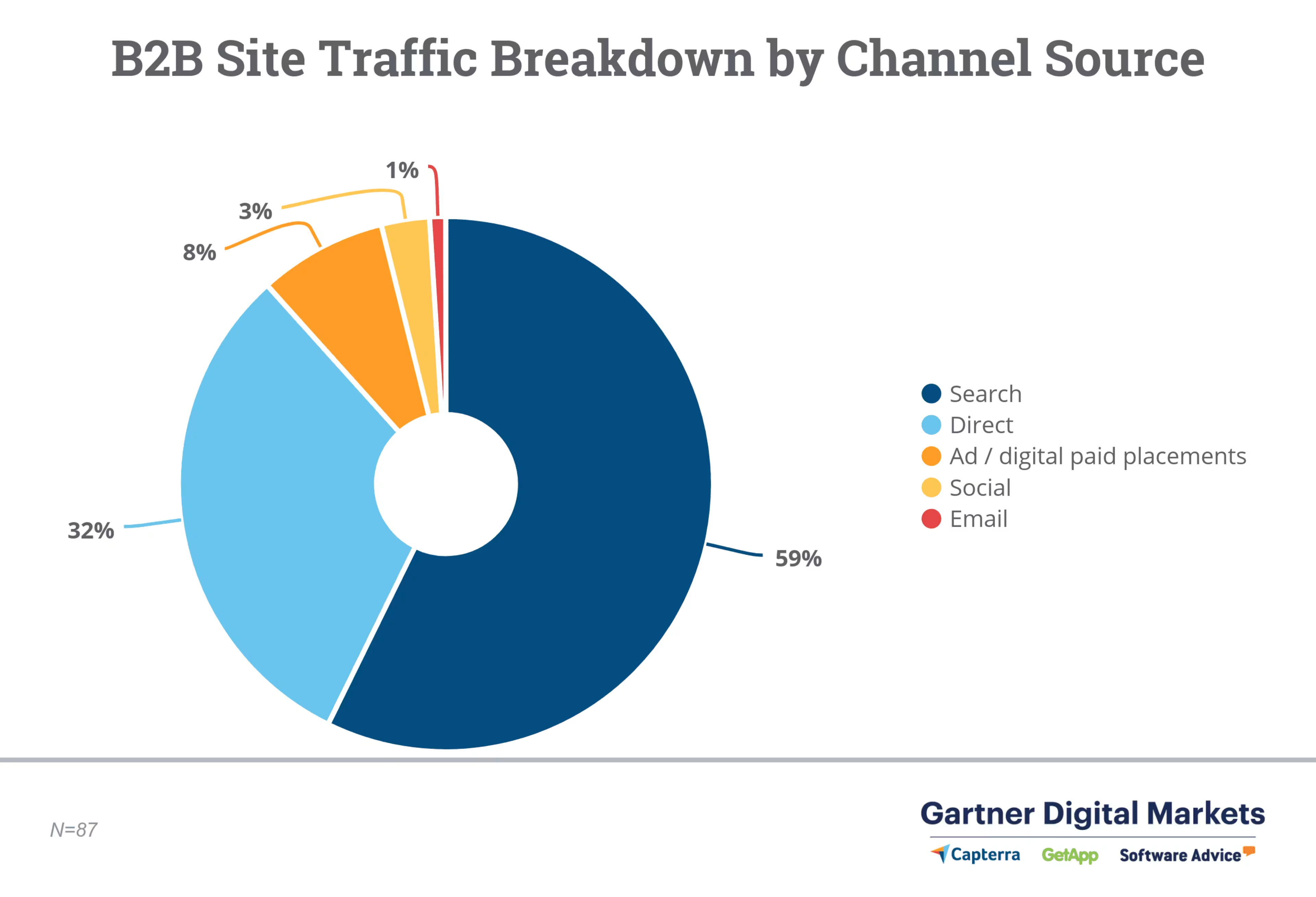Trying to collect reviews but coming up short? Try these five tips!

I was cut off by a long-haul truck driver one time. Staring me right in the face was a large, ubiquitous "How's my driving" sign with the phone number underneath it.
I didn't call, though I had plenty to say—which I did, loudly, to all of the passengers and the one small cat in my car.
So why didn't I call?
Was it because I thought it was an elaborate ruse that would lead to me actually call the truck driver, who would then track me down a la Liam Neeson?
Maybe. But it was also because of how the company was going about recruiting my feedback. I wasn't in any sort of legal or practical position to pick up the phone and call the company, nor would it have been prudent to stay behind Evil Knievel in a cab over for much longer.
Actively sourcing reviews for a product can be a problem for vendors. Get the timing or the channel or the message wrong, and you run the risk of getting undifferentiated or unhelpful feedback, if you're getting any at all.
By taking advantage of the five tips listed below, you'll have a much better chance of procuring worthwhile feedback.
Follow these 5 tips when collecting customer feedback
1. Know what you're looking for
Before you set out to collect reviews, take a second. What do you want to know? And more importantly, what are you going to use these reviews for?
You, of course, want to know how your consumers feel about your products. But you should want to go beyond that. You need to know what you want to know so you can better know who to ask.
B2C companies can target the broad category of "consumers." But as a B2B company, you have to stop and think about who you're asking what. IT professionals who use your product might not know about the various features, but they can speak to your customer service and implementation process.
And what will you do with this information once you get it? This brings me to the next major tip:
2. Ask questions with a purpose
By figuring out what you're looking for in your feedback, you can then guide your buyers to responses that are optimized for your needs.
Asking broad questions yields broad results. This causes additional steps as you try to sift through information to get what's actually relevant. You might even need to go back to the consumer to ask for clarification on certain points.
While that contributes to engagement, it might also alienate the consumer and make them feel like their time is being wasted. Oracle's Shawn Myers told attendees at Gartner's Marketing Symposium/xPo that 73% of U.S. adults online say that valuing their time is the most important thing a company can do to provide a good online customer experience.
Pointed questions are beneficial to both you and your consumers, as well as to your relationship with each other. But where do you direct these questions?
3. Determine the efficacy of different channels for collecting customer feedback
According to Kyle Rees, while speaking at Gartner Marketing Symposium/Xpo, the breakdown of channel sources for B2B site traffic looks something like this:

This doesn't show the whole picture of where your reviews are coming from, but it does show you the weight and traffic from each different channel your clients and leads are using.
There are three ways you can determine which channels you should use to collect customer feedback, listed in order of increasing resource requirements:
Use the above graph to dictate a proportionate distribution of resources for reviews collection.
Use A/B testing to determine both the voice and impact of each channel. Be sure to look at both feedback and engagement.
Reach out to each client personally through the same channel in which they began their buyer's journey.
Selecting different channels through which you collect reviews is a good place to start. But you can't stop there: You must also use different channels to broadcast those reviews.
4. Offer customers the chance to make and view video reviews
Cisco predicts that by 2022, 82% of all web traffic will be video-based (up from 75% in 2017).
Why not offer video reviews to cater to this growing market?
There are a few main benefits to using this option. You provide your users with another, more interesting, way to leave reviews.
You provide your leads with more engaging ways of hearing reviews, which you can promote on a number of different channels. You can even rank higher on search because of the way Google now ranks videos.
The previous caveats still hold, of course: You must ask pointed questions or keep some level of consistency across the videos, and you have to find the best channels for posting them.
But reaching out to people and meeting them where they are is only half the battle. How do you get the other one of the two to tango?
5. Go beyond financial incentives and offer partnerships
Most people know about the idea of offering money or gift cards in exchange for reviews. This is a great mechanism for motivating people to offer feedback—it takes very little time and who doesn't want a free latte.
However, there's a bit of a flaw in this plan.
They give you feedback, you give them another copy of the first season of "Felicity" on Blu-ray, and you go your separate ways. But you're not taking advantage of the potential to deepen that relationship.
Rather than offer them money, offer them something of equivalent value related to your product. Whether it's a month of use, a new user, unlocking a particular pay level for a specific amount of time, etc.
This gives them a greater sense of belonging, could convert them to a higher-quality customer, and creates a partnership that endears both of you to each other. This deepened relationship could also go a long way toward showing that customer how you listen to their feedback. It also turns them into a brand advocate.
Now that you have this information, what do you do with it?
Take a look at these articles that should provide you a base level for understanding what to do with your reviews: